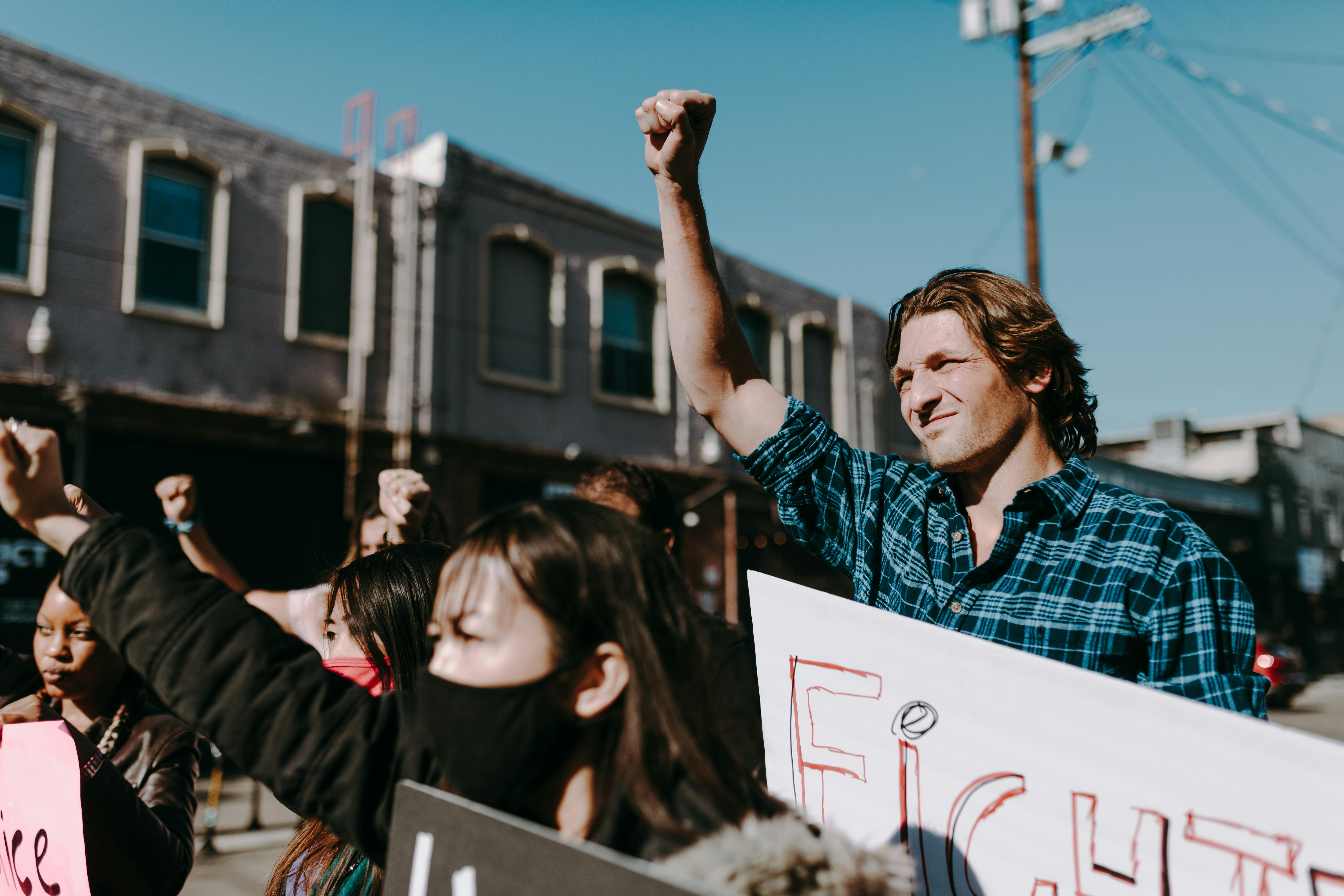Mrs. M. L. Rayne’s 1887 book, What can a woman do? offers a fascinating look at how Victorian women could earn money in the 1880s. It is full of information and vignettes showing what was possible for working women some 120 years ago. The opportunities for women entrepreneurs were greater than most of us imagined.
The book is subtitled “Your position in the business and literary world.” A sizeable section is devoted to women poets, but it is the business opportunities for women that are most intriguing. Rayne discusses women’s careers, as well as a variety of ways women can earn money on their own.
A chapter is devoted to women in the legal profession. The author notes that there were about ninety women practicing law in the United States in the 1880s, most of whom had graduated from the University of Michigan, the first American university to admit women to its law school. In an earlier version of networking, the author suggests that readers contact one of the attorneys she mentions and ask her advice on pursuing a legal career.
There is also a chapter on women in medicine. The author writes that Europe was far ahead of the United States in opening its medical schools to women. In the US, a women’s medical school was opened in Boston in 1848. By the 1880s, about half the students at Boston University’s medical school were women, and Rayne lists four others. medical schools in the US that admitted women.
Other occupations discussed in the book include shorthand and typing; wood engraving; Nursing; telegraphy; and government work. There is a lot of discussion about salaries and earning potential in the book. In the chapter on telegraphy, a profession for which there were actually specific educational programs, Rayne writes about income disparities between male and female operators. Women were paid a median of $500 a year, while men earned a median annual salary of $840.
Rayne’s feminist bent extends beyond pay disparities. She writes about how a woman’s work is never done. A man goes home to rest and read while a woman returns home to work and exhaustion. Clearly Rayne was a woman ahead of her time. The chapters are devoted to women as inventors and women entrepreneurs. She writes about women who received patents for their inventions and women who started their own businesses.
Several of the ways to earn money discussed in the book are still popular today. Chicken farming, even in the city and suburbs, is becoming more popular. The book includes a chapter on keeping poultry that will appeal to backyard bird enthusiasts. There is also a chapter on making money from beekeeping, another increasingly popular hobby these days. Other perennial favorite money-making opportunities discussed in the book include tailoring, housekeeping, cooking (we call it catering these days), and entertaining (we call it having a roommate these days). .
For those who thought women first entered the workforce in the 1970s or not before the days of Rosie the Riveter, Rayne offers an eye-opening account of women’s first forays into the world of work. Whether it’s a century-old perspective on making money with your own business or an eye-opening look at the early days of feminism, What can a woman do? sheds a lot of light on a woman’s early days in the workforce.
